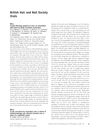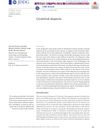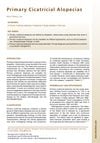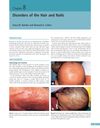Australasian Society for Dermatology Research Meeting, May 2007
October 2007
in “
Journal of Investigative Dermatology
”
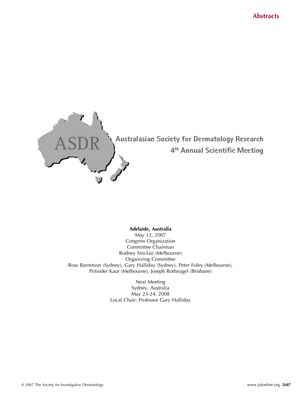
TLDR The document suggests a bacteria plays a significant role in acne rosacea and that white hair can regain color after transplant, meriting more research on reversing grey hair.
The document from the Australasian Society for Dermatology Research Meeting in May 2007 presented findings on acne rosacea and hair repigmentation. It reported that in a study of acne rosacea, 9 out of 15 pustule lesions were found to have pure growth of Staphylococcus epidermidis, and all 15 skin swabs showed mixed growths, suggesting a strong role of this bacterium in pustule formation, possibly due to an environment created by persistent flushing. Additionally, the document detailed a case where white donor hairs in a 57-year-old woman with frontal scarring alopecia repigmented after a hair transplant and remained so for over two years, indicating a need for further research to understand and potentially reverse the greying process.


